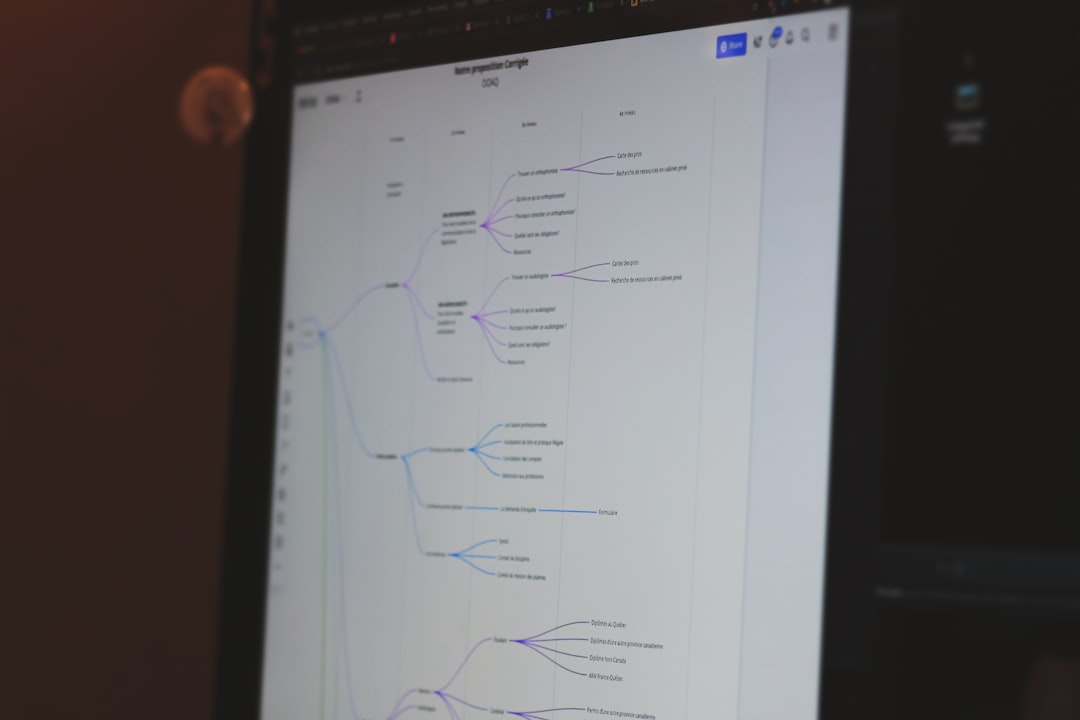Insider threats are one of the most challenging cybersecurity risks faced by organizations today. Whether they stem from malicious intent, negligence, or compromised credentials, insider threats can lead to severe data breaches, financial loss, regulatory fines, and damage to a company’s reputation. To effectively combat this growing menace, many organizations are turning to Managed Endpoint Detection and Response (Managed EDR) solutions.
Managed EDR is not simply a tool, but a comprehensive service that combines advanced technology with human expertise to detect, investigate, and neutralize threats at the endpoint level. When it comes to insider threats, Managed EDR offers a highly proactive and layered approach that strengthens an organization’s cybersecurity posture from within.
Understanding Insider Threats
Insider threats can be classified into three major categories:
- Malicious Insiders – Employees or contractors who intentionally harm the organization by stealing data or sabotaging systems.
- Negligent Insiders – Users who expose systems or data through careless behavior, such as falling for phishing attacks or mishandling sensitive information.
- Compromised Insiders – Legitimate users whose credentials have been stolen and misused by external attackers.
Each type of insider threat requires a different detection and response strategy, which highlights the importance of a holistic and adaptable solution like Managed EDR.
How Managed EDR Addresses Insider Threats
Managed EDR services offer several key capabilities that are instrumental in detecting and responding to insider threats effectively.
1. Real-Time Behavioral Monitoring
Unlike traditional antivirus solutions, Managed EDR monitors endpoint activity continuously and in real-time. It looks for anomalies in user behavior, such as accessing files not typically used by a user, moving large volumes of data, or logging in at unusual hours.
Organizations often complement EDR capabilities with specialized user activity monitoring software to gain deeper visibility into employee interactions with sensitive data and applications across all endpoints.
These anomalies often serve as early indicators of an insider threat.

2. Threat Intelligence Integration
Managed EDR platforms are often integrated with global threat intelligence feeds. This allows the service to identify and flag behaviors or tools known to be associated with insider threat tactics—such as the use of USB drives for data exfiltration or the use of credential dumping tools. When combined with behavior analytics, threat intelligence helps create a robust detection framework.
3. Threat Hunting and Expert Analysis
One of the most critical features of a managed EDR service is the involvement of human analysts. These cybersecurity professionals use advanced tools to hunt for potential threats that may have been missed by automated detection systems. Their expertise is particularly important when differentiating between a legitimate user performing an unusual task and a malicious insider acting covertly.
4. Rapid Incident Response
When a potential insider threat is detected, speed is essential. Managed EDR services typically offer immediate response measures such as isolating the endpoint, terminating processes, and revoking access. This rapid containment minimizes potential damage and supports forensic investigations.

5. Comprehensive Reporting and Compliance Support
Managed EDR solutions provide detailed reports on incidents, including timelines, affected files, and user actions. These reports are essential for post-incident audits and for meeting regulatory compliance requirements such as GDPR, HIPAA, and CMMC.
Advantages Over In-House Solutions
While some organizations attempt to handle endpoint security internally, using a managed EDR service offers multiple advantages:
- Expertise – Continuous monitoring and response by experienced cybersecurity professionals.
- Cost Efficiency – Reduces the need for hiring and retaining full-time cybersecurity staff.
- Faster Deployment – Rapid implementation and scalability across distributed environments.
- 24/7 Coverage – Round-the-clock surveillance that doesn’t rely on work hours or onsite teams.
Conclusion
Insider threats continue to evolve, posing serious challenges for organizations of all sizes. Managed EDR services provide a proactive, intelligent, and expert-led approach to identifying, investigating, and mitigating these internal dangers. By leveraging a combination of real-time monitoring, advanced analytics, threat intelligence, and human expertise, organizations can significantly enhance their ability to detect and respond to insider threats before they escalate into full-scale security incidents.
In a risk landscape where internal actors can compromise even the most fortified perimeters, Managed EDR stands as a crucial line of defense that empowers organizations to protect their most valuable digital assets from within.
I’m Sophia, a front-end developer with a passion for JavaScript frameworks. I enjoy sharing tips and tricks for modern web development.
